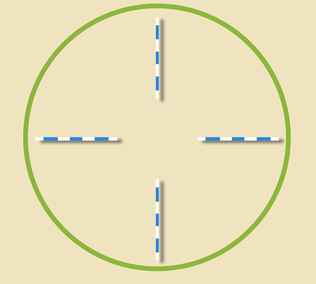Here are some top tips from FEI’s Sophie Baker about using polework to take your Dressage transitions to the next level…
Ask any top Dressage rider what their secret to greatness is, and you’ll always receive the same answer; transitions.
Transitions between the paces, transitions within the paces, direct or non-direct, transitions are key to getting your horse on the aids, engaged and attentive.
But let’s be honest, transitions in your Dressage arena can get boring – and it’s easy for riders to let less-than-perfect transitions slide from time to time.
Using poles to help your transitions can add some variety into your schooling as well as give you something more tangible to aim for.
Always make sure to maintain balance https://ed-danmark.com/koeb-kamagra-online/.
Tip 1 Four Poles in A Circle
 Probably the most basic polework exercise available, and easily adaptable to absolutely any level of horse and rider.
Probably the most basic polework exercise available, and easily adaptable to absolutely any level of horse and rider.
A pole is placed at 12, 3, 6 and 9 on a 20m circle, and transitions are ridden between the poles.
During the early stages, this could be as simple as walking one quarter (or even one half), and trotting one quarter, or one half.
As you get more advanced, here are some things you can try between the poles:
- Add-in and drop-out a stride by lengthening and collecting the pace. For example, perform a collected trot from one pole to the next, then a lengthened trot, then a working trot ed-italia.com.
- Ride a shoulder-in from one pole to the next, followed by a haunches in/haunches out/renvers/travers, etc.
- Spiral in from a 20m circle to a smaller circle and back out, while still maintaining a rhythm over the poles
Tip 2 Trot Canter Circle
On a 20m circle, set up three trotting poles at 3pm and three canter poles at 9pm.
Initially, you can tackle just one set of poles but still perform the transitions – e.g. trot the three poles, transition to canter and skip out the poles, before coming back down to trot over the poles again.
As you become more proficient, try to make your transitions at exactly 12 and 6 on the circle, going over both sets of poles in good rhythm and balance.
The trot canter transition is excellent for suppling the horse and putting him on the aids.
This exercise will really test your ability to ride accurate transitions, as well as accurate and even circles.
Tip 3 Serpentine
A serpentine is a great way to work on transitions coupled with bending and suppleness.
For advanced riders, a three-loop serpentine can be set up with two trotting poles on crossing the centre line of the first and third loops and two canter poles across the centre line for the second loop.
This is a difficult exercise which requires the horse to be balanced, supple, and on the aids.
To modify this exercise for less established horses and riders, simply swap out the canter poles for two more trotting poles.
Perform a transition to walk or halt before and after each set of poles, focusing on keeping your horse straight over the poles and bending around the inside leg as you touch the wall at the apex of each loop.
In both cases above, you can also trot down the centre line using the tunnel that each pair of poles has created and perform a transition between the poles.
The “tunnels” aid in keeping you straight and precise in your transitions. Advanced pairs can aim for simple or even flying changes, while more novice combinations can work on halt-trot or walk-trot transitions.
Follow the FEI on Facebook to see more great tips to improve your riding skills or visit their website to find out more about Sophie Baker’s articles…
